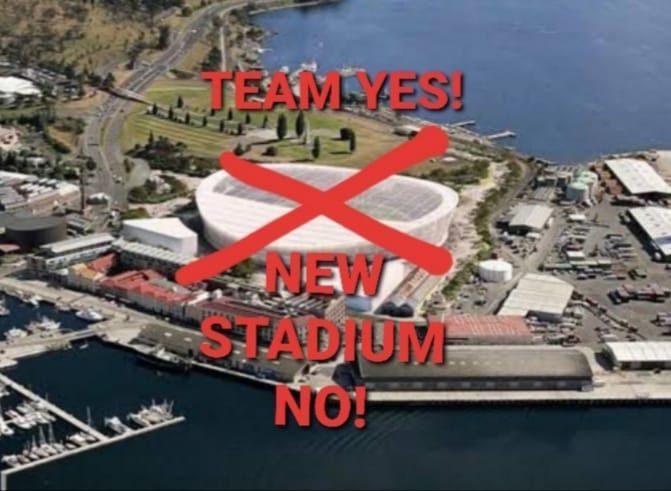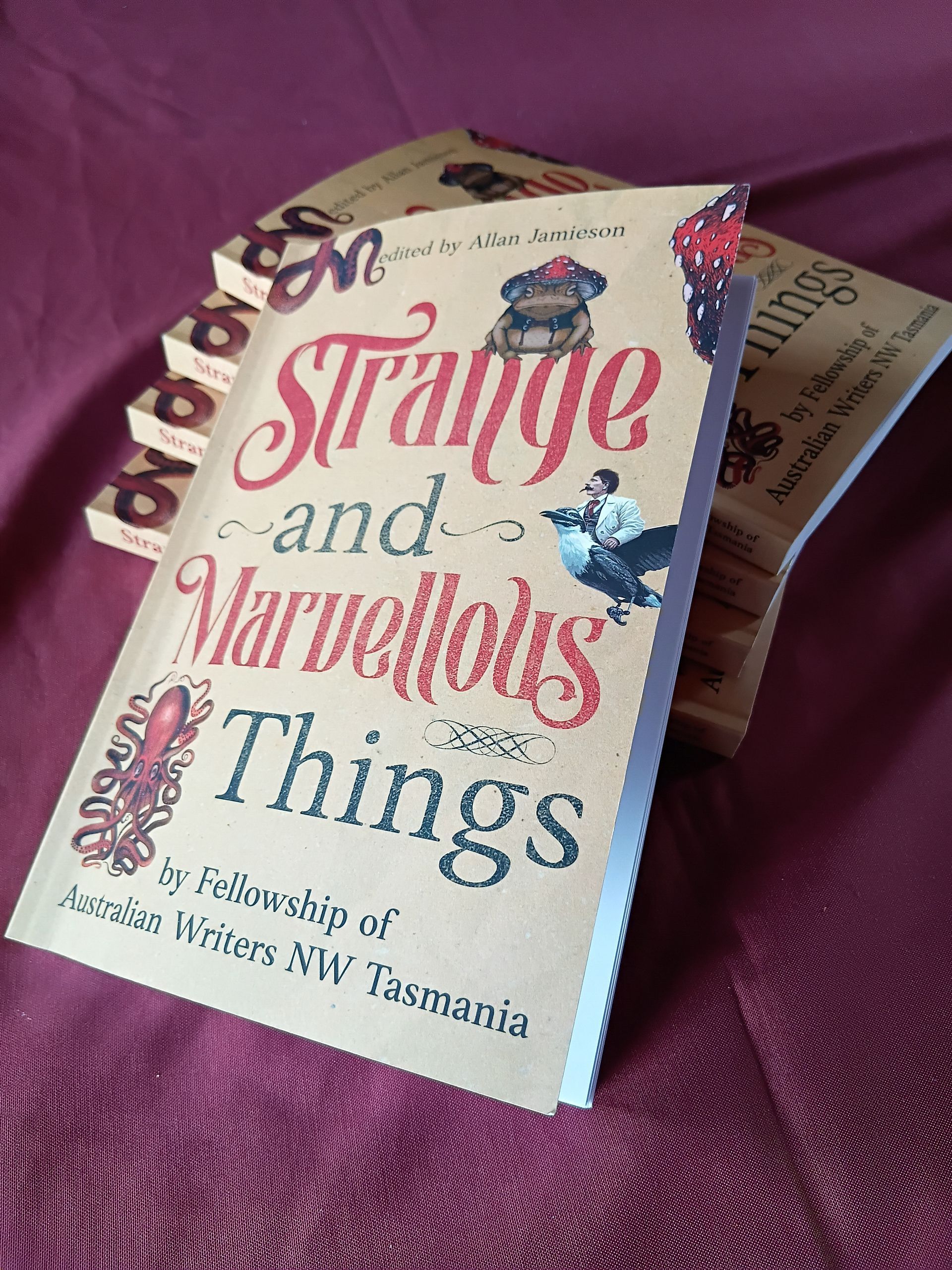There’s little doubt the Great Barrier Reef won’t be a Wonder of the World much longer. It will almost certainly lose its World Heritage status before the decade is out. The Reef has been under stress for years. Successive governments have known this but done next to nothing about it. They’ve ignored or dismissed the warnings that unless urgent action was taken this Australian icon would not survive. Marine biologists, conservationists – and the successful tourism industry that relied on a healthy Reef teeming with life – are in despair. So are thousands of Australians, including me.
The latest report in a series of reports about the health of the Reef have confirmed it is dying. No longer able to withstand the combined impacts of pollution runoff from agriculture and mining industries, the invasive and deadly crown-of-thorns starfish, intense and increasing cyclones and warming waters from climate change, the Reef is steadily expiring. Too many bleaching events, one after another, have killed those spectacular and colourful corals. They had no time to recover so the species that once called the Reef home are also gone. They’re either dying too, or have packed their metaphorical bags and moved south. But some species don’t have that capacity, so death is their fate too.
Having written about the pressures the Reef has suffered over many years, I was determined to see it before it was too late. It was already becoming a shadow of its former glory when I did so around 15 years ago. I will never forget the magic experience, but it makes it all the more heart-breaking to think that some of the sea creatures I saw probably no longer exist, or are no longer able to stick around because their food sources have disappeared or they can’t stand the heat.
Will humanity wake up to the realisation that we also won’t survive as a species if we fail to protect and look after the environment we all share – marine and land?
My response to the latest report was to write this poem and submit it to the Independent Australia’s writing competition. Maybe it will be a winner, and maybe it won’t – but at least it was published, and potentially therefore may have an impact on decision-makers.
we cannot say we didn’t know
the scientists warned us long ago
but governments ignored the news
and chose to hold quite different views
about a warming world that’s fuelled by coal
and weather that’s veering beyond control
politicians who favour the red or the blue
surely knew they were lies – and couldn’t be true
but they turned a blind eye and accepted the cash
to fund their elections, ignored the backlash
that urged rejecting the proffered largesse
but they didn’t, and now the country’s a mess
all our land and its people are under duress
not only the land, though, a Great Reef is dying
out of sight and most minds, she is barely surviving . . . .
To read the rest, dear reader, please click on the IA link
https://independentaustralia.net/life/art-display/grieving-for-the-reef-,18902



